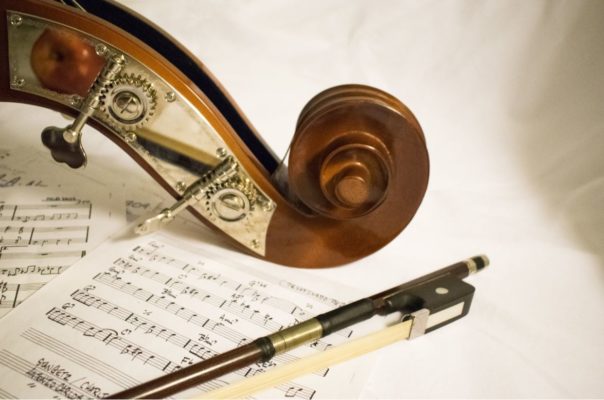Sonata is a compositional method and a term we often hear in classical music. In this article we learn the basics about sonatas and sonata form in music.
Sonata is a composition method, most often for a solo instrument or small instrumental group. The Latin word sonare means ‘to sound’ and its opposite pair is the cantata, ‘to sing’. The sonata will have three movements (separate parts or sections of the music), but there are sonatas with four or two movements. Each movement has a unique character, can stand alone as a music, but together are always more than just the sum of the parts.
The first movement is usually fast, lively. The second movement is slower, more abstract or spiritual. The third movement is fast again, often dance like. The last movement keeps the tempo and aims to close the musical experience on high. Some say, the first movement is for the head to shake up and wake up, the second is for the heart, the third one for the legs, the last one to whistle something on your way home. Beethoven famously would switch the second and third movement in his Ninth symphony.
The sonata has a long history originating in Italy and the baroque era, but what is more important today is its development in the classical era. During this period, it became the dominant and fundamental form to organize musical compositions. The term was applied more and more often to piano works or piano accompanied with one more instrument. Interesting to realize that classical era symphonies are following the sonata movements build up and often the sonata form in their first movements.
The sonata form is also called – wrongly – the first-movement form. Since not all multi-movement works has a first movement in sonata form, this definition is not complete. Nor does the form appear only in first movements.
A sonata form has three elements: exposition (A), development (B) and recapitulation (A). In this way the music matter is exposed, then expanded, finally restated. The sonata form can have companions, such as an introduction in front and a coda at the end (meaning tailpiece).
A good example for a sonata form music is Beethoven’s Moonlight sonata.








